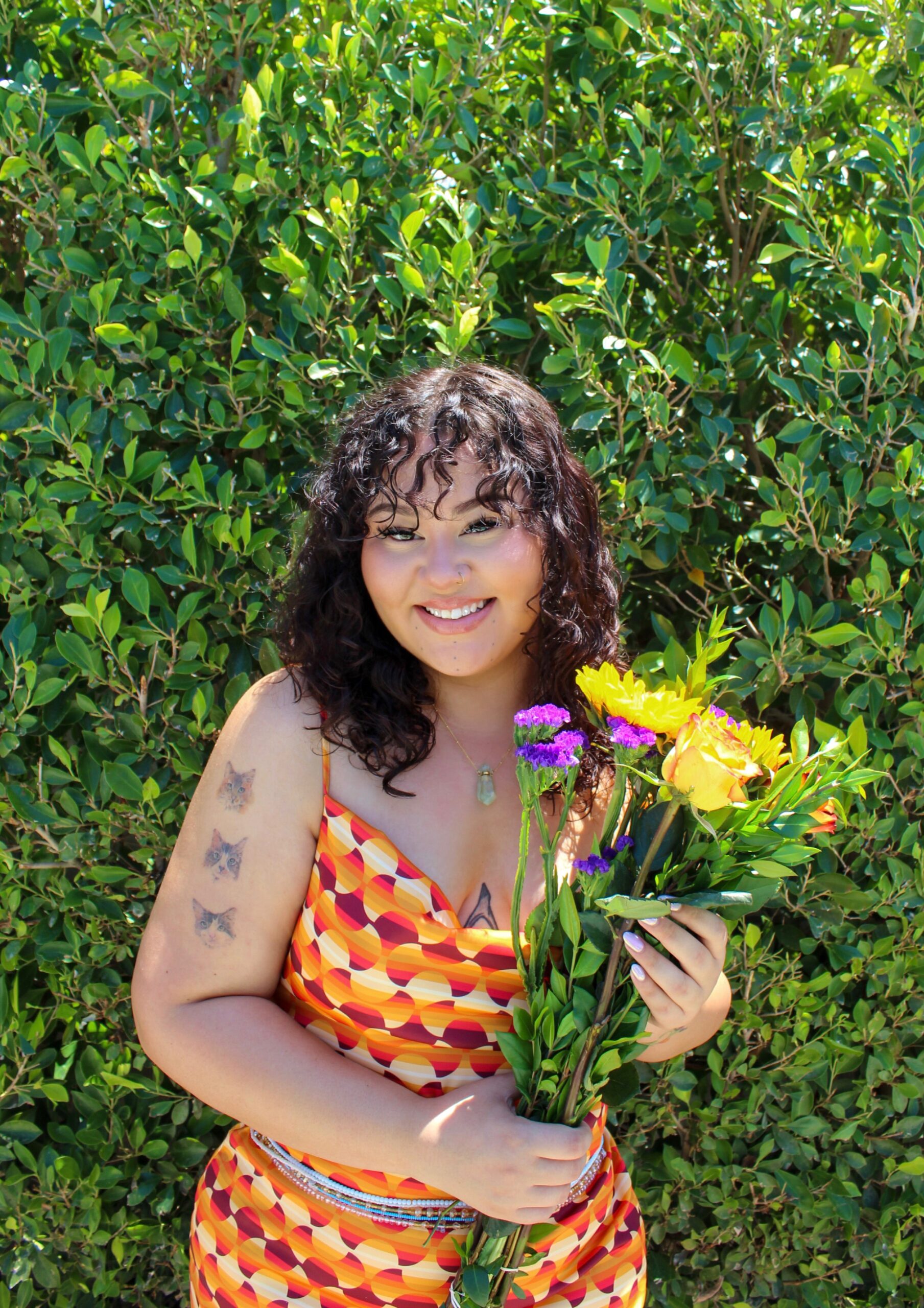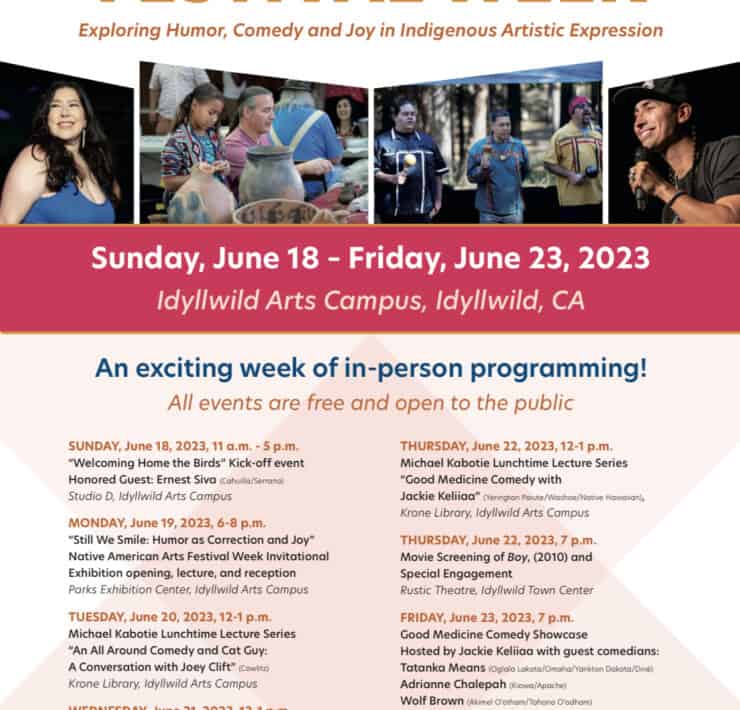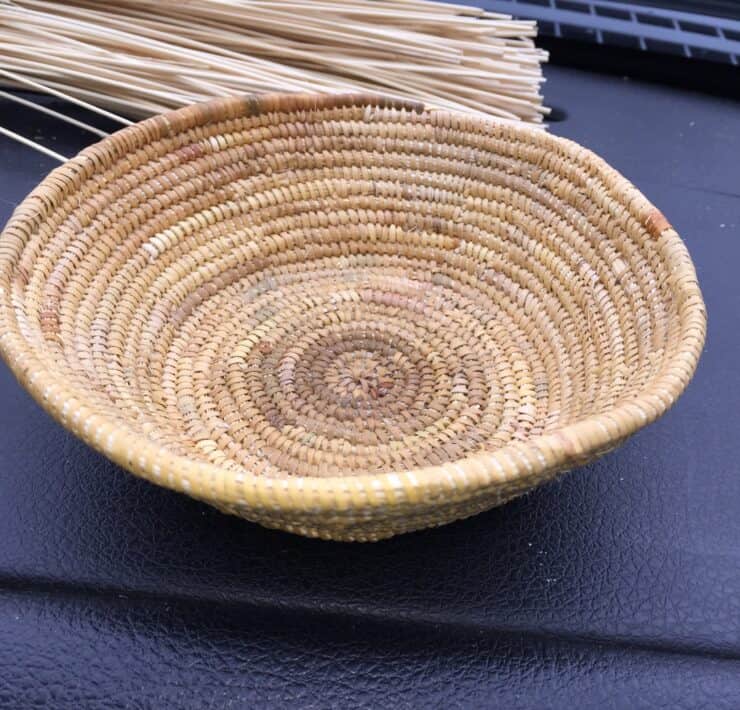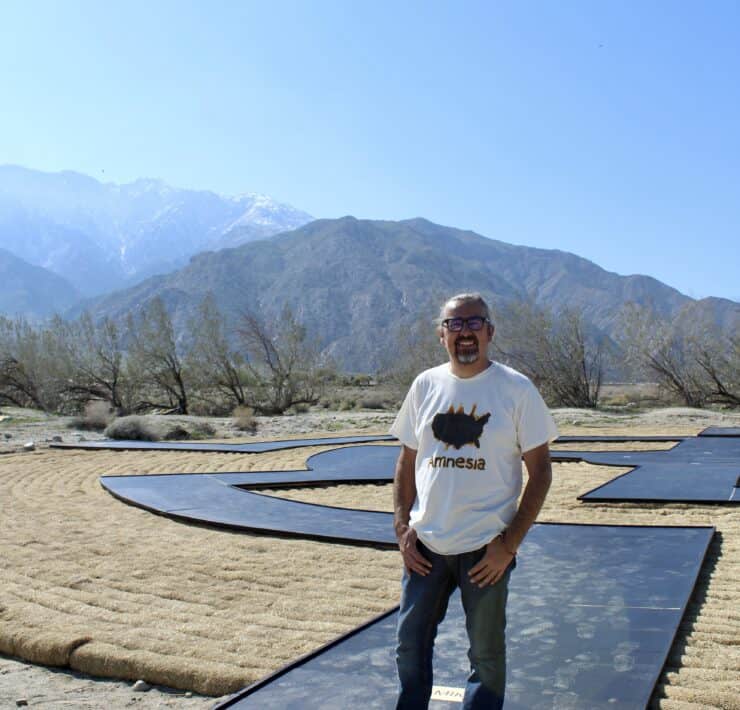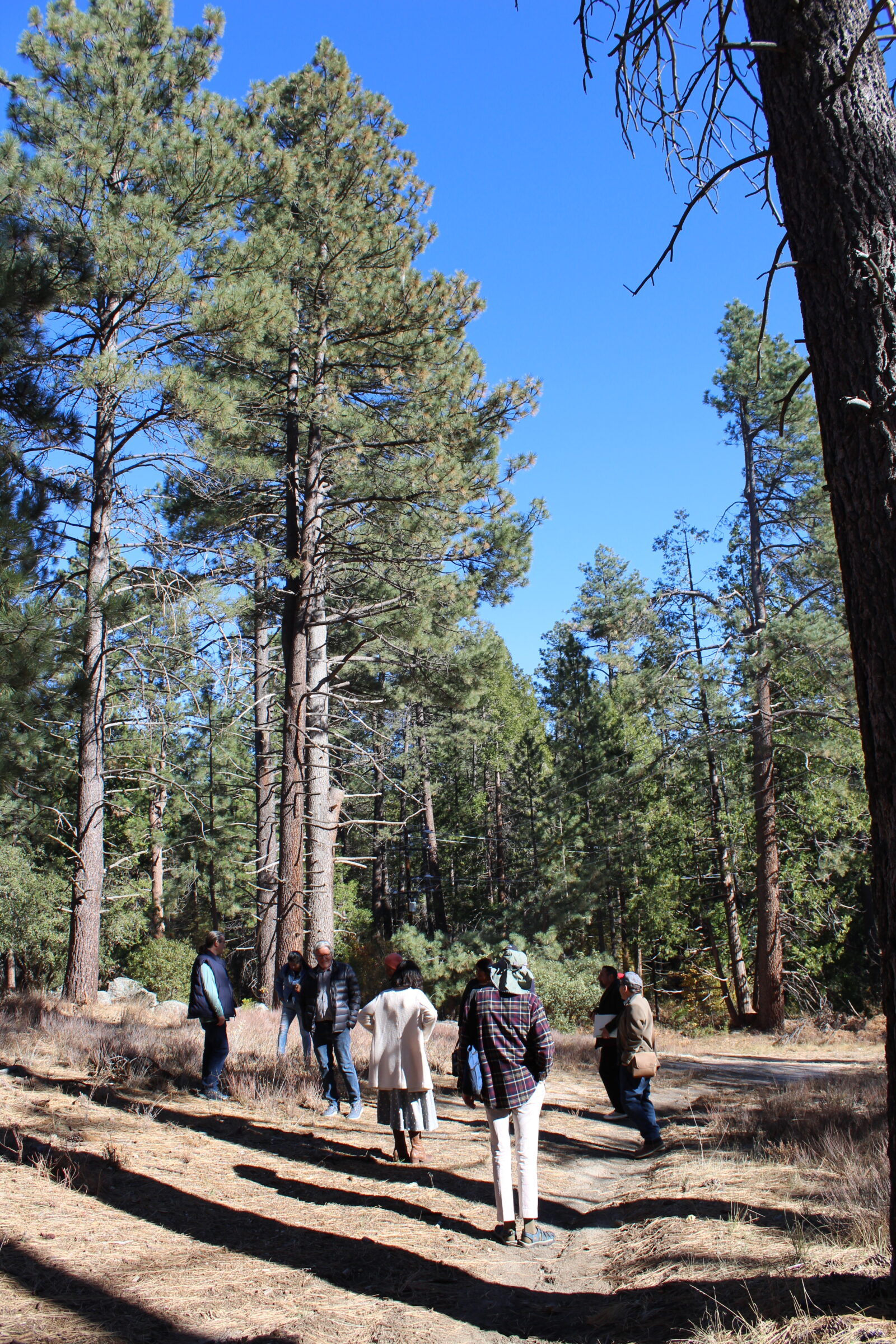
By Emily Clarke
On November 19th, Shaliyah Ben (Diné), Executive Director of the Native American Arts Program at Idyllwild Arts, hosted a “Sharing and Listening Session” in honor of the new Native Arts Center planned to break ground in August 2023. Various community members were invited to attend the meeting including Idyllwild Arts Board Members, project architects, and a large array of local tribal members. Shaliyah felt it was important to receive guidance and wisdom from Cahuilla people due to the fact that the center is going to be located near an on-campus meadow that is sacred to Cahuilla people. She first stepped foot onto the Idyllwild Arts campus when she was just five-years-old and remembers playing as a child in the same area where she now envisions a building that celebrates and hosts Native artists and their work.
If you’ve ever had the pleasure to meet Shaliyah Ben, you know she’s somewhat of a firecracker. She’s been known to stir the pot for the sake of expansion and awareness for the Native community both within and outside of her work. Her honesty and dedication to the Native art community is something I’ve always admired about her; and her passion becomes obvious as she calls the meeting to attention by mentioning Puyukitchum / Luiseno artist James Luna.
“James used to wear a jacket that said ‘All Indian All The Time,’ and that’s what I’ve challenged my colleagues here at Idyllwild Arts to be,” Shaliyah says, “not to just have Native programming in November, but year-round.”
The Native American Arts Center will be able to hold Native artist residencies, workshops, and performances, as well as cultivate the Native tradition of sharing knowledge in a community-setting. Shaliyah believes the center as well as the school’s growing relationships with Cahuilla people are just the first steps in putting land acknowledgement to action and showing dedication to work and reconciliation with local Native communities.
As a group discussion commences, it’s clear that more discussions between Idyllwild Arts board members and faculty and local Native people need to happen. There seems to be a general willingness to have these discussions, however I’m sure some may feel somewhat vulnerable or not know when to start when it comes to discussing harsh topics.
For example, after listening to various Cahuilla perspectives, an Idyllwild Arts board member introduces himself and says, “I’m here because I don’t know what I don’t know, and I’m here to listen and learn.” The truth of the matter is that many stakeholders within institutions like Idyllwild Arts are unaware of what they should be doing in terms of reconciliation, therefore many relationships that have the possibility of making change are not formed.

Another harsh reality is brought up by Cahuilla Bird Singer, Kim Marcus (Santa Rosa Band of Cahuilla Indians), who says that he feels like he needs to “sneak” onto campus if he wishes to gather traditional plants or practice ceremony in the meadow that has been sacred to Cahuilla people for time immemorial. This feeling is a common one when it comes to relationships between Native people and institutions, especially when said intuition is surrounding a sacred tribal location such as the meadow. Kim states that as a Cahuilla individual, he shouldn’t have to feel like he has to sneak onto land his people have served as caretakers of for generations. There are many nods of agreement including one from Sean Milanovich, a member of the Agua Caliente Band of Cahuilla Indians, who also notes that, “We all have a responsibility to take care of this land.”

After our discussion, the group of us share a meal together that was prepared by Shaliya’s mom, Wendy Weston. We eat stew, fry bread, tortillas, blue corn mush, and blue cornbread. Sharing food together is a long-practiced tradition in the Native community, and being able to eat food prepared by Shaliyah’s mother makes the meal that much more meaningful. Shaliyah also gives Native meeting attendees an offering of Navajo food and herbs including tobacco, tea, corn, sage, cedar, and more. The gift is her way of saying thank you and showing her appreciation for the perspectives shared. The session is concluded with a group walk around the meadow and to the location the center is set to be built. Although near the meadow, the center will not be located within it in order to preserve the sacred area as much as possible. As we stroll past ancestral bedrock mortars and listen to the wind in the trees, the power of this area becomes apparent. To me, if it were anyone else but Shaliayh spearheading this project, I might be worried that the true importance of Native art in a Cahuilla space and with the influence of Cahuilla perspective would be lost. However, as I’ve gotten to know Shaliyah and her work over the past handful of years, I’ve grown confident in her dedication to highlighting Cahuilla voices, encouraging tough conversations within institutions, and staying true to herself as a Native woman. In fact, during our discussion, Cahuilla / Serrano elder Ernest Siva called Shaliyah, “a person who does things,” and I couldn’t think of a better way to describe her. The new Native American Arts center is a step towards fostering meaningful relationships with local tribal members and Native artists throughout the world, and this sharing session was a great way to reflect on the program’s growth.

If you would like to keep up with the progress of the center, sign up for Native Arts classes, or learn more about the Native American Arts program at Idyllwild Arts, click here.



